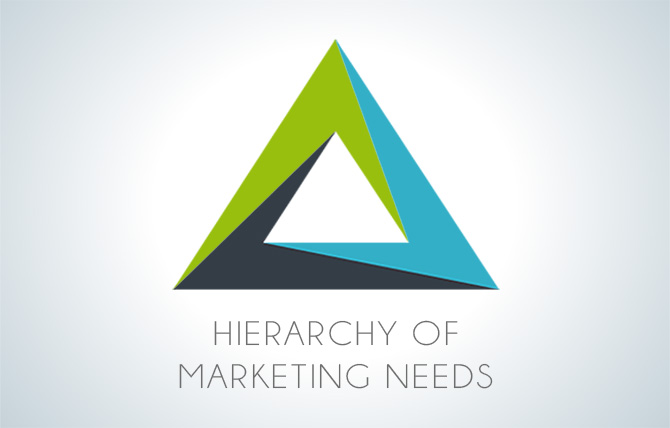
“It was the best of times, it was the worst of times.” This saying made famous by Charles Dickens may one day describe the current state of marketing technology.
We have more technology today than we’ve ever had. Scott Brinker’s now-famous Marketing Technology Landscape lists nearly 2,000 technologies (up from around 1,000 in 2014) aimed at assisting marketers in accelerating prospects through their buying process. Marketers are now faced with more products, more opportunities and – unfortunately – more risk as they shop for technology.
For some, the ultra-saturation now gives marketers virtually unlimited choice in how to approach common challenges – and now that they have larger budgets, and more buying authority, they can tackle the harder problems. Armed with a historically generous budget to spend on tech, marketers are empowered to procure technology tools to move the needle for the business.
For others, the answer may not be so simple. Unfortunately, no playbook or grocery list currently exists for buying marketing tech. Each marketing department’s stack is determinate on their customer base, market, organizational competencies and budget (amongst other factors).
So then how should a CMO decide the best place to invest? In 1943, a psychologist named Abraham Maslow categorized and prioritized human needs in a book named “Motivation and Personality.” In this publication, he designed a “hierarchy of human needs” layering each need from the most critical, starting at the base. Maslow identified the base level as physiological needs, such as air, water and food. At the peak of the pyramid is self-actualization, a need for sure but hardly as necessary as requirements of the human body.

What if we applied this methodology to marketing technology? In other words, what solutions are most critical in creating a marketing technology stack that ensures ongoing a successful marketing execution?
As I constructed my pyramid, I thought about marketing needs. What was the food and water of marketing tech? What was the base level of the layer cake that all other technologies could build upon?
After careful consideration, I couldn’t envision a scenario where a marketing program could thrive without effective data management as a foundational element.
Marketing automation and email service providers are powerful tools in connecting with an audience and pushing leads through the various phases of the marketing funnel. However, without the appropriate lead data, segmentation goes away or goes awry. Am I marketing to a prospect or a customer? What role is this lead in? Which industry? And where the heck is this customer or prospect?
Despite the traditional adage of “content is king,” today content is finely tailored to maximize engagement, and tailored content can’t be delivered appropriately without the guidance of data.
Analytics and dashboards are essential in gauging the success of your program. Predictive analytics is even deeper, reliant on historical data before any insights can be surface. Each are vital to ongoing success but are reliant on operational programs.

Data management is the most essential solution in the marketing stack.
So what is data management? One might assume it means hosting marketing data but it’s much more. In fact, the true value of data management is two-fold: instilling data hygiene and enriching data to uncover rich insights regarding your lead and contact data. In essence, it’s about knowing your customers and prospects through good data. And, what’s more, important to a marketer than truly knowing customers?
Want to learn more about how the theory of human motivation applies to smarter marketing? Check out “Predictive Analytics and Marketing Data.”
This article was syndicated from Business 2 Community: The Hierarchy of Marketing Needs
More Sales & Marketing articles from Business 2 Community:




